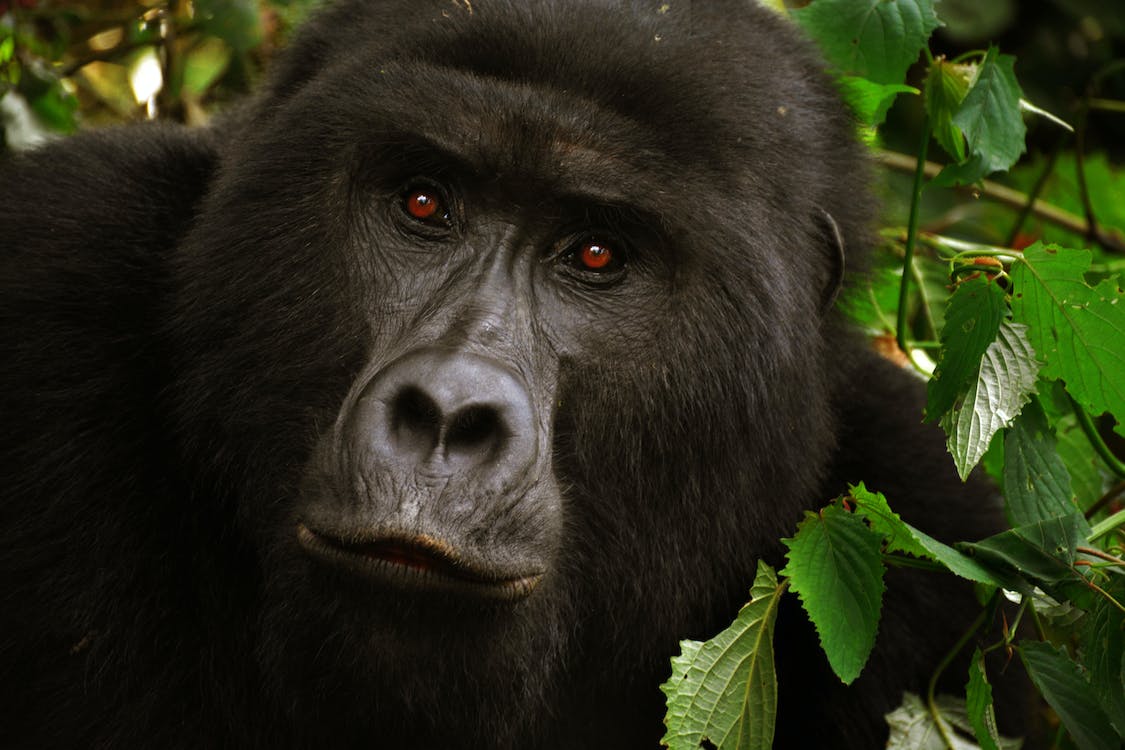travel to the wild!
Explore
General
Copyright © Streams Safaris Ltd. All Rights Reserved.
Size: 1,121km²
At 4,000km² Mt. Elgon has the largest volcanic base in the world. Located on the Uganda-Kenya border it is also the oldest and largest solitary, volcanic mountain in East Africa. Its vast form, 80km in diameter, rises more than 3,000m above the surrounding plains. The mountain’s cool heights offer respite from the hot plains below, with the higher altitudes providing a refuge for flora and fauna.
Mt Elgon was once Africa’s highest mountain, far exceeding Kilimanjaro’s current 5,895m. Millennia of erosion have reduced its height to 4,321m at the Wagagai Peak, relegating it to the 4th highest peak in East Africa and 8th on the continent.
Mount Elgon’s highest peaks are formed by high points around a jagged rim enclosing one of the world’s largest calderas, at 40km long and 8km wide. The tallest peak is the 4,321m Wagagi, followed by Sudek (4,303m), Koitobos (4,222m) and Mubiyi (4,210m).
The flora diversity of the park includes giant podocarpus, pillarwood Cassipourea malosana, juniper and Elgon olive trees cedar Juniperus procera, elder Sambucus adnata, pure stands of Podocarpus gracilior to mention but a few.
Mount Elgon is home to at least 300 bird species including; the Jackson’s francolin, Hartlaub’s turaco, the eastern bronze-naped pigeon, the Tacazze sunbird and the endangered lammergeier, due to their restricted range. Others include, Lemon Dove, Dusky-Turtle Dove, African Hill Babbler, Alpine Chat, Black-throated Wattle-eye, Mountain Yellow Warbler, Thick-billed Honey guide, Grey Cuckoo-Shrike among others.
The park is gifted with a variety of wildlife including rock and tree hyraxes, elephant, buffalo, Defassa waterbuck, oribi, bushbuck, duiker, forest hog, bush pig, leopard, civet and serval cats, serval cats, spotted hyena; aardvark and several rodent species. However these animals are rarely observed in the forest setting. More commonly seen creatures are the black-and-white colobus; baboons; red tailed, vervet, De Brazza’s and blue monkeys; duiker and tree squirrel.
Together with the fauna and flora, the park has a variety of scenery; this includes cliffs, caves, gorges, waterfalls, hot springs, mesas, calderas, and the mountain peaks. The most popular areas are the four explorable, vast caves where frequent night visitors such as buffaloes and elephants come to lick the natural salt found on the cave walls. Kitum cave, with overhanging crystalline walls, enters 200m into the side of Mt. Elgon. At the Endebess Bluff there a panoramic view of the areas’ escarpments, mesas, gorges, and rivers.
The northern and western sides of Mount Elgon rise in a series of massive basalt cliffs, often several kilometres in length, over which the mountain’s rivers plunge as beautiful waterfalls. The best known are the three waterfalls at Sipi on the Kapchorwa road, just outside the park. The lowest of these falls is the most spectacular as it cascades over a 100m cliff.The second, known as Simba, plunges 69m over the entrance to a cave. Visitors can stand in the cave and enjoy a view of the back of the falls. The third waterfall, also known as Ngasire, gushes over an 87m high ridge. Sipi Falls is less than an hour’s drive from Mbale on a paved road.
Easily accessible waterfalls are also found at Sisiyi, Bulago, Chebonet and Wanale and many more are scattered across the mountain, offering spectacular views.

 2 Days Rwanda Double Gorillas Experience
Scroll to top
2 Days Rwanda Double Gorillas Experience
Scroll to top